Specifically, from June 21 to July 2, there were nearly 900 earthquakes here, of which the strongest one was up to 5.5 magnitude at 3:26 p.m. on July 2, causing tremors from level 5 to level 7 in Toshima village, Kagoshima province.
Aftershocks occurred day and night, causing people to lose sleep, fall into a state of prolonged anxiety, and force Japanese authorities to hold an emergency press conference.
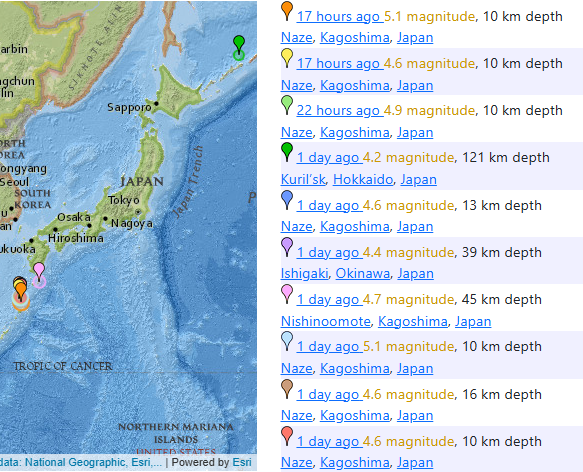
A series of earthquakes with nearly 900 earthquakes and tremors occurred in Japan recently (Photo: Earthquake Track).
At the same time as the series of earthquakes, Shinmoe volcano on Kyushu island also suddenly became active again on June 22 after 7 years of no signs of eruption.
This event forced the Japan Meteorological Agency (JMA) to raise the warning level to level 3 on a scale of 5 and deploy close monitoring of geological fluctuations in the southern region of the country.
The simultaneous occurrence of two separate geological events, the Tokara aftershocks and the Shinmoe eruption, has left researchers wondering: Is this just a coincidence, or is it a sign of a change in the energy structure deep underground in Japan?
Intense geological activity in the Nankai Trench
The Tokara Islands are a seismically active region, having recorded more than 340 earthquakes in a short period in 2023. However, the current aftershock sequence is the longest and most intense in a decade.
Japan is the country with the highest earthquake frequency in the world , with about 1,500 earthquakes per year, accounting for 18% of the global total.
Amid unusual geological activity at Tokara, seismologists have begun to turn their attention to the Nankai Trench, an area dubbed a "time bomb" under the seabed of Japan.
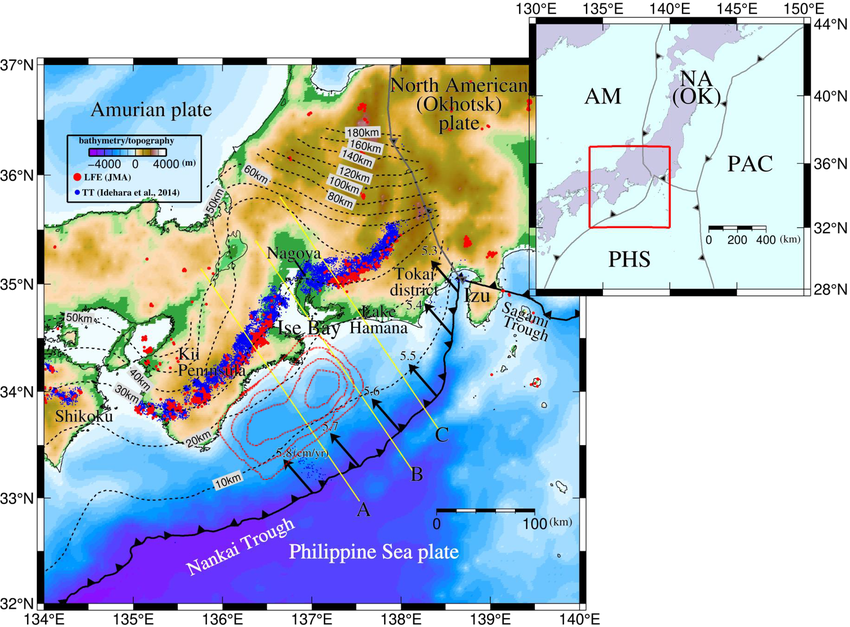
Location of the Nankai Trench in southern Japan (Photo: Research Gate).
The Nankai Trench is a deep ocean trench that runs off the coast of Shizuoka Prefecture (southwest of Tokyo) and into Miyazaki Prefecture on the island of Kyushu. It is where two of Earth's major tectonic plates meet: the Philippine Sea Plate and the Eurasian Plate. These are two of about 10 rigid tectonic plates that cover the planet.
According to geologists, the Philippine Plate is continuously sliding beneath the Eurasian Plate at a rate of several centimeters per year, creating increasing pressure at the contact boundary. When the pressure builds up beyond the limit, the Eurasian Plate will pop up, causing a powerful earthquake.
Historically, the Nankai Trench has produced earthquakes every 100–150 years, with the most recent occurring about 80 years ago. The Japanese government has warned that there is a 70% chance of another earthquake occurring within the next 30 years.
Geological history also records that the Nankai Trench area has experienced at least 10 super earthquakes in the past 1,400 years. In particular, the 1944 Tonankai earthquake (magnitude 8.1) and the 1946 Nankai earthquake (magnitude 8) caused large tsunamis and severe damage.
Remarkably, these events often occur in pairs in a phenomenon known as “twin earthquakes.” This suggests a cyclical pattern and complex relationships between the tectonic plates in the region.
Therefore, any aftershock sequence in neighboring regions, such as Tokara or Kyushu, makes researchers especially alert to the possibility of spreading stratigraphic energy to the Nankai Trench.
Experts dismiss "prophecy"
Amidst consecutive earthquakes, Japanese media is once again abuzz with mention of an ancient "prophecy" originating from a comic book.
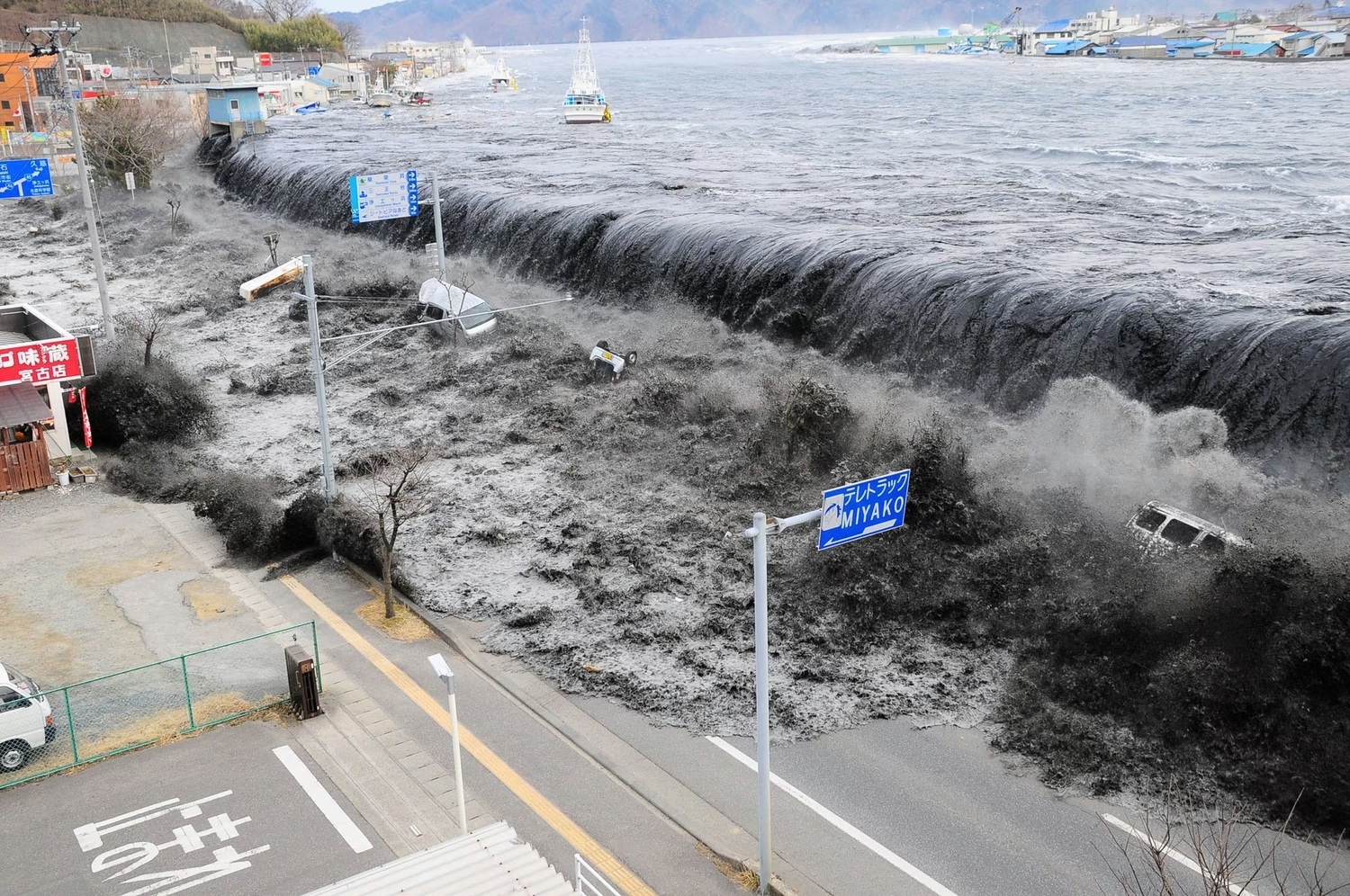
Tsunami hits Miyako city, Japan, after a 9.0 magnitude earthquake occurred on March 11, 2011 (Photo: The Atlantic).
That work is Watashi ga Mita Mirai ( The Future as I See It ) by author Ryo Tatsuki, published in 1999, which attracted attention for accurately "predicting" the double disaster of earthquake and tsunami that occurred in 2011.
Faced with the wave of unverified information spreading, Mr. Ryoichi Nomura, Director of JMA, spoke up to emphasize: "Even with current technology, it is impossible to predict the exact time, location or scale of any earthquake."
He called on people to only trust official sources of information and avoid sharing false information that could cause confusion.
Experts and scientists also stressed that there is no scientific connection between the Tokara earthquake chain and the spreading prophecy.
Sharing on his personal page, Dr. Nguyen Ngoc Huy, famous with the nickname "Weather Huy", affirmed: "There is no official forecast that a major earthquake will occur in the next few days in Japan."
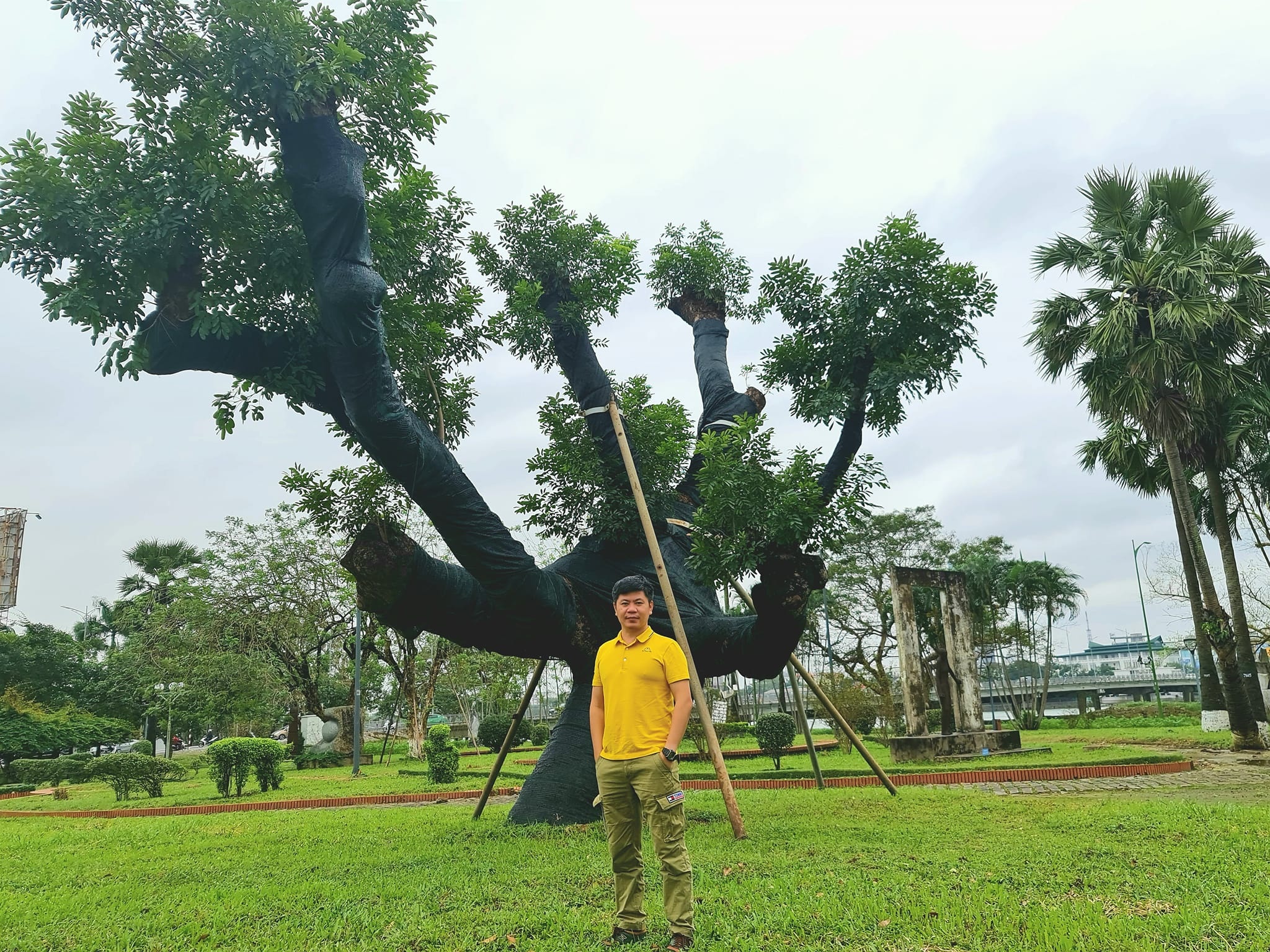
Dr. Nguyen Ngoc Huy affirmed that there is no scientific connection between the Tokara earthquake chain and the spreading prophecy (Photo: NVCC)
“Regarding earthquakes, there is currently no technology to specifically predict when an earthquake will occur and where it will occur. Therefore, some Facebook pages posting information that an earthquake will almost certainly occur on July 5 have no scientific basis. That prediction is based on information from a comic book and a certain prophet,” Dr. Nguyen Ngoc Huy added.
However, Dr. Nguyen Ngoc Huy also admitted that a large earthquake in the Nankai Trench could happen at any time as scientists have warned. That is because the frequency of small aftershocks below 5 degrees has been occurring very frequently in recent years and small aftershocks can trigger a large earthquake to occur later.
According to CNA , Japan is one of the most seismically active countries in the world, located on the cusp of four major tectonic plates along the western edge of the Pacific "Ring of Fire."
The archipelago, home to about 125 million people, experiences about 1,500 earthquakes a year, accounting for about 18% of the world's earthquakes. Most of these are mild, although the damage they cause varies depending on the location and depth of the epicenter.
Source: https://dantri.com.vn/khoa-hoc/dong-dat-lien-tiep-o-nhat-ban-chuyen-gia-phan-bac-loi-tien-tri-thang-7-20250703064657453.htm


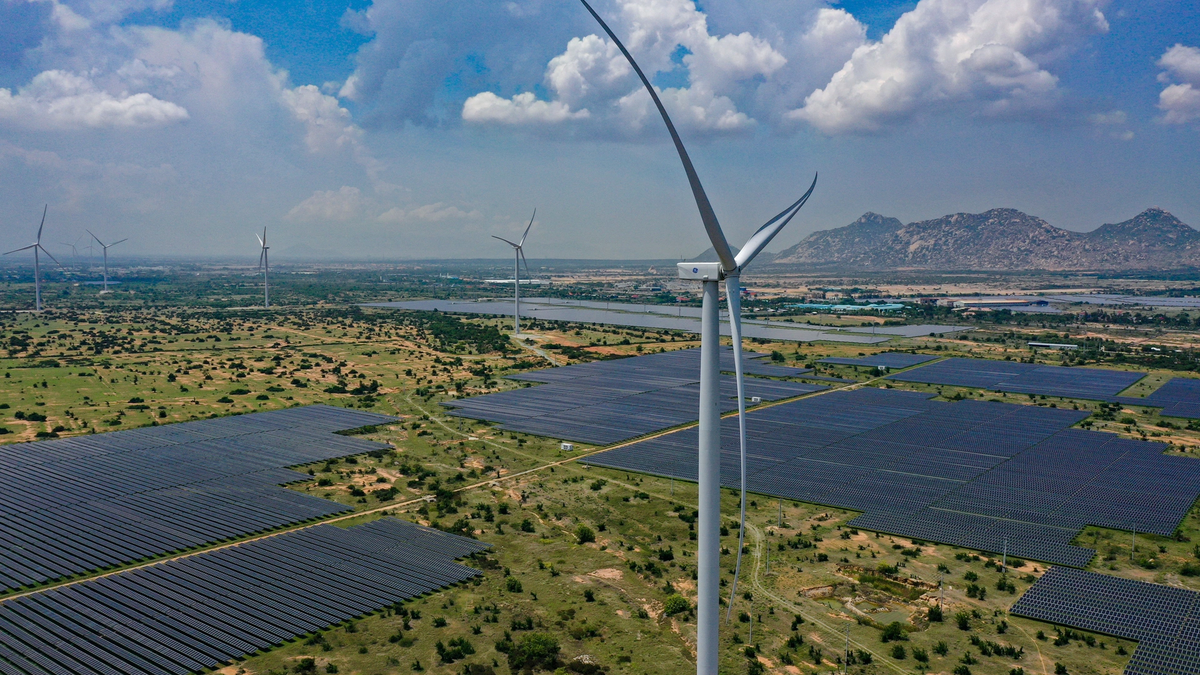
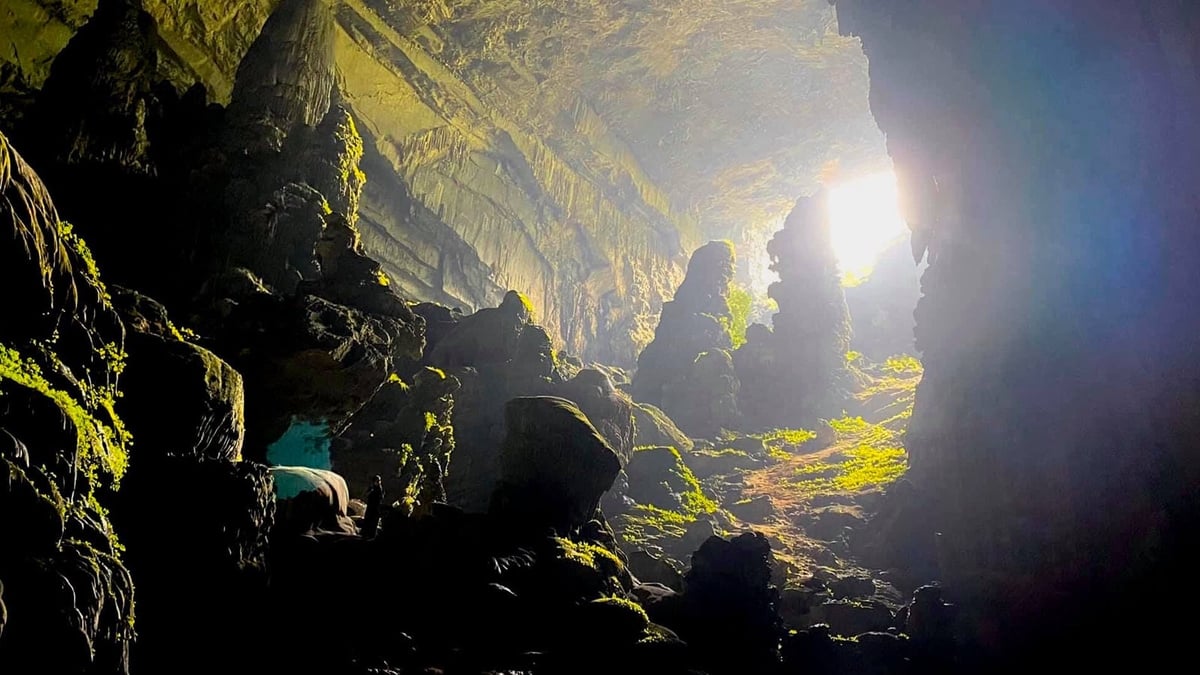
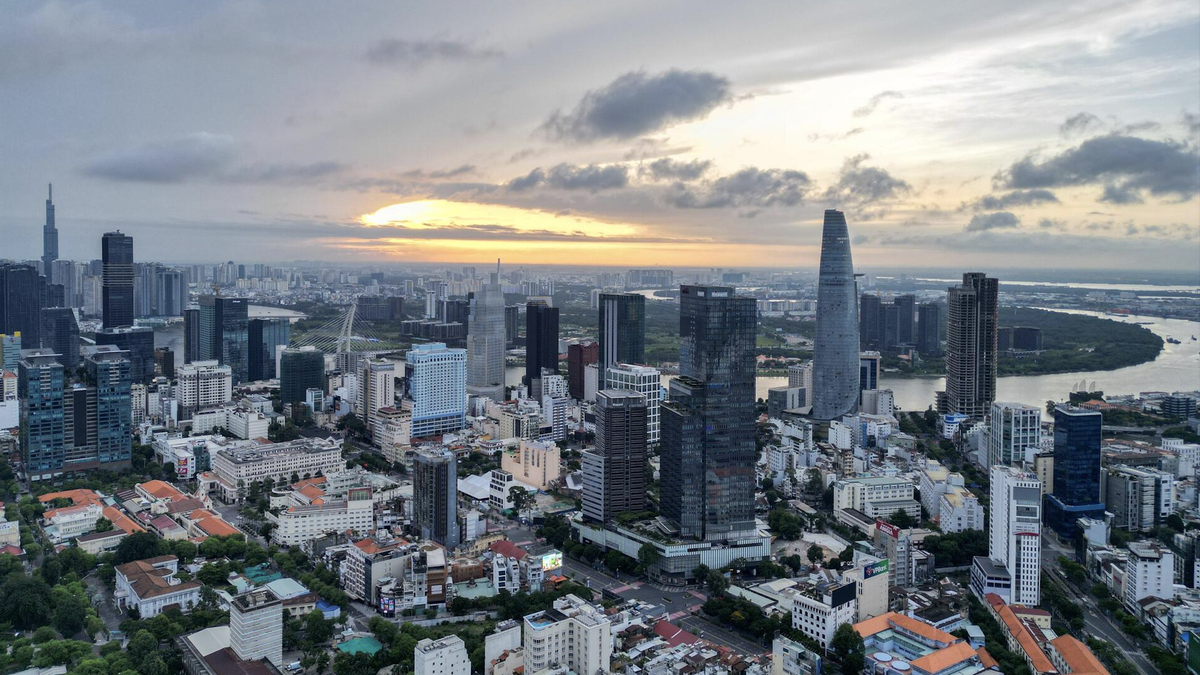
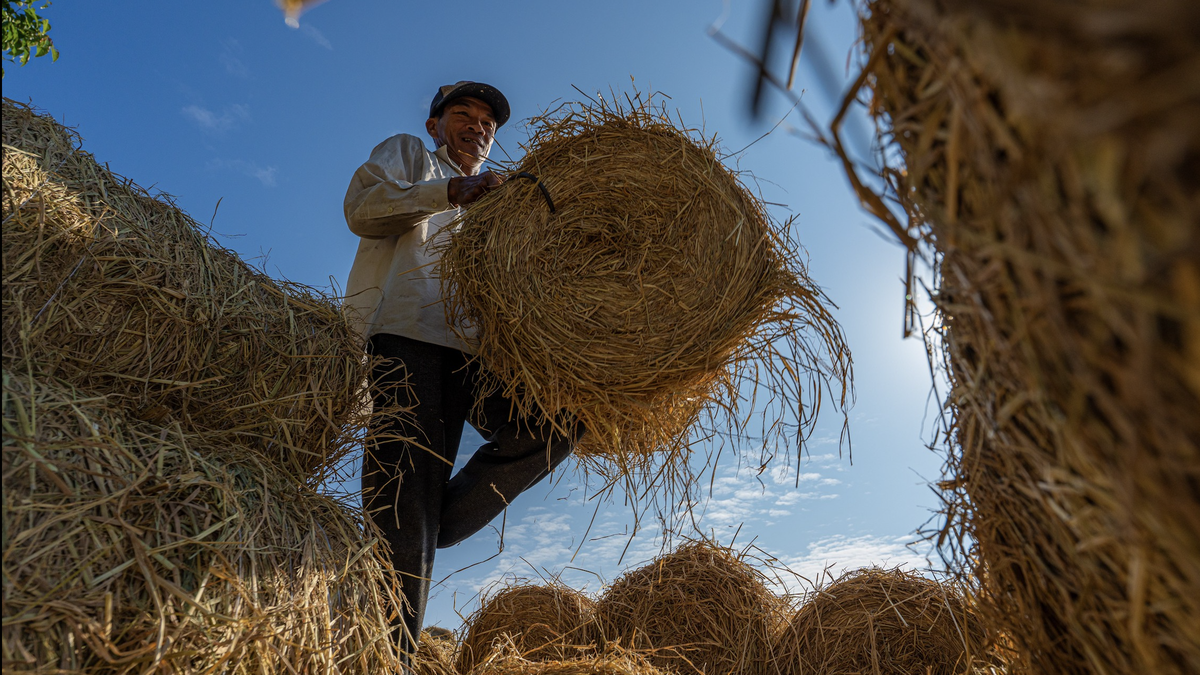
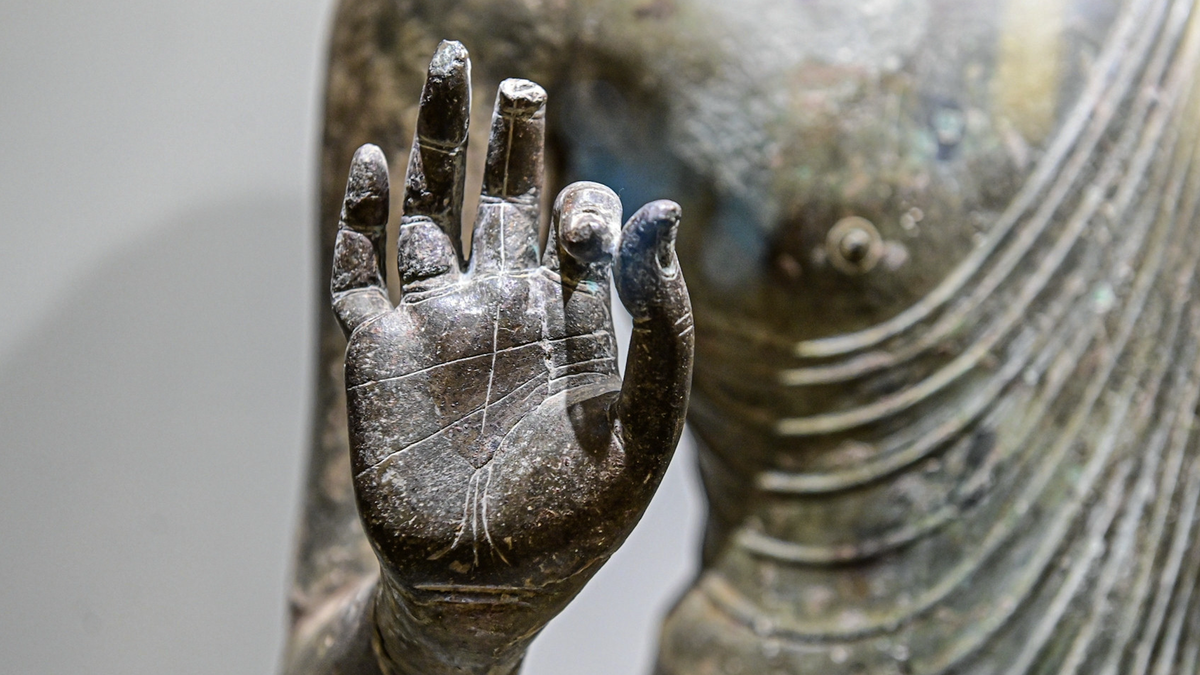
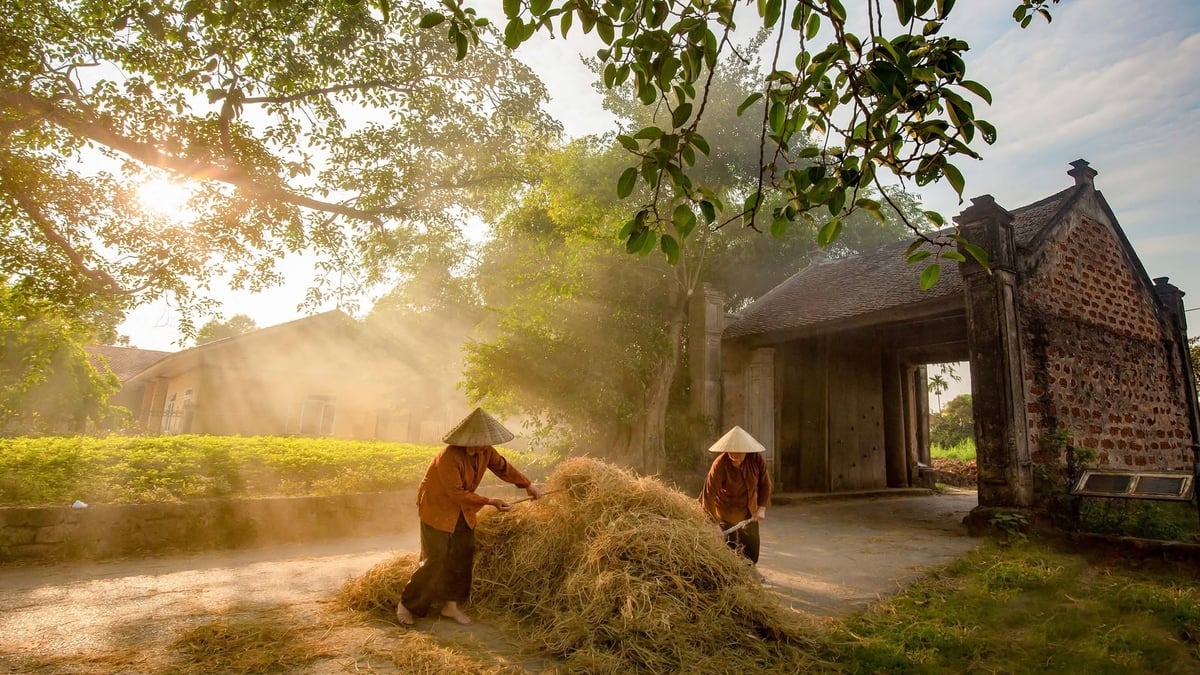




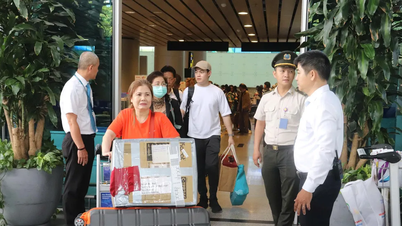

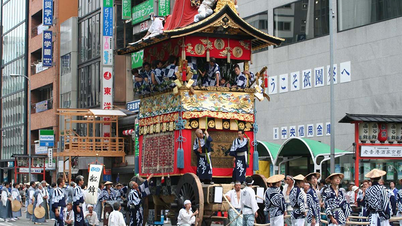



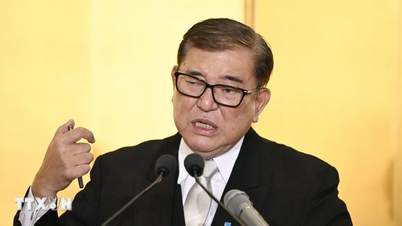



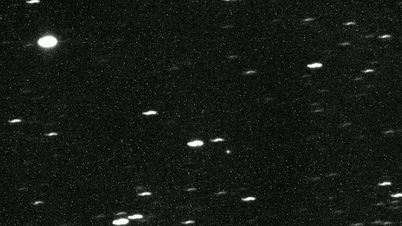

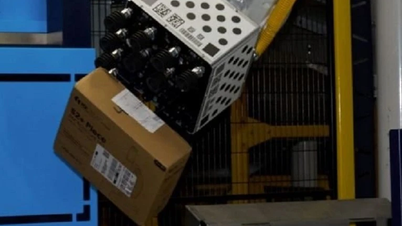
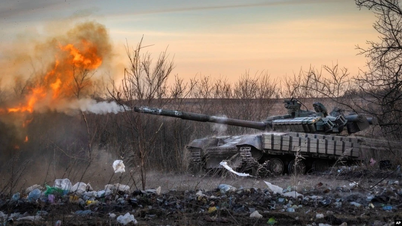
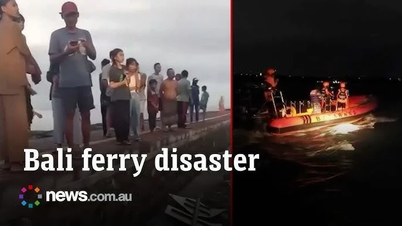
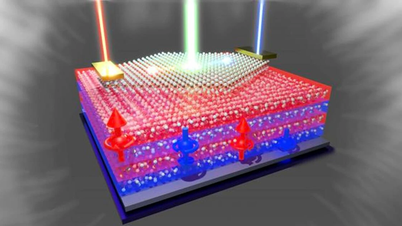






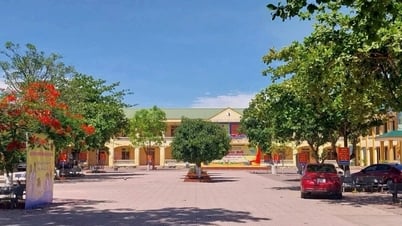


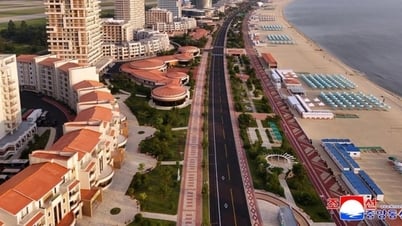

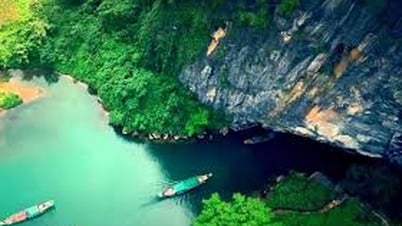

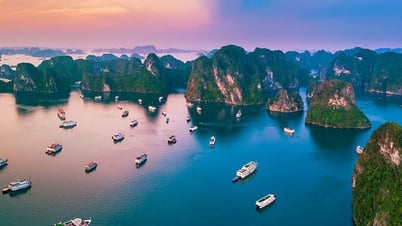

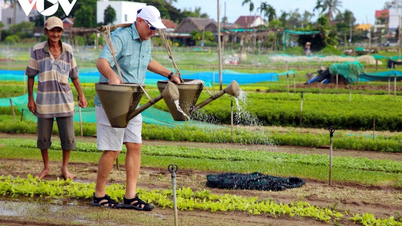

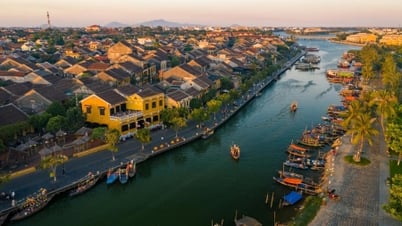

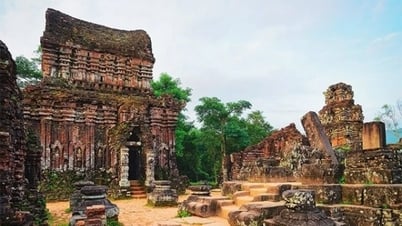

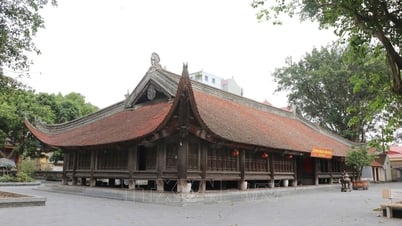





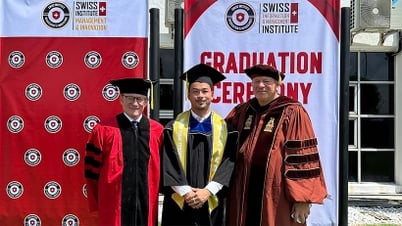








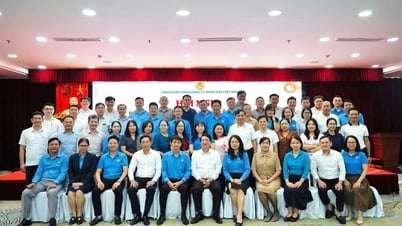

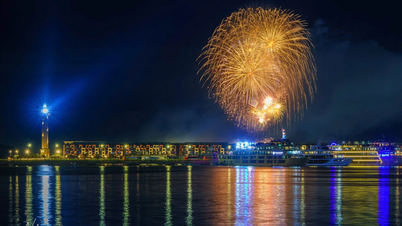

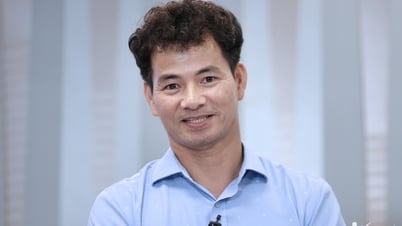

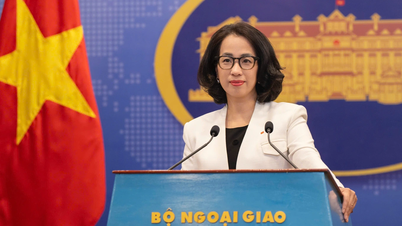





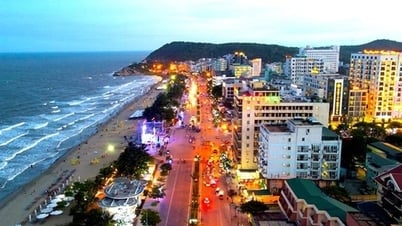

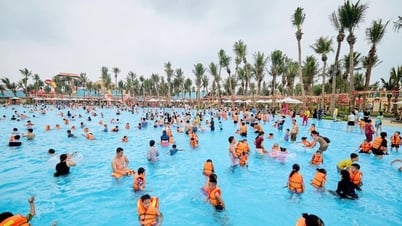

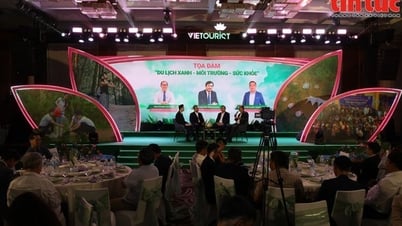
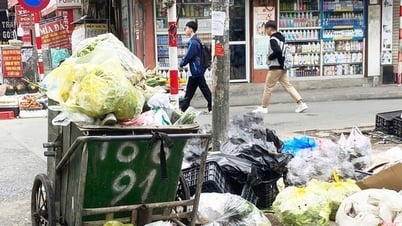

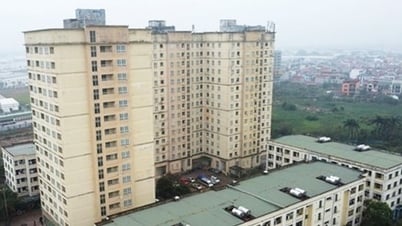
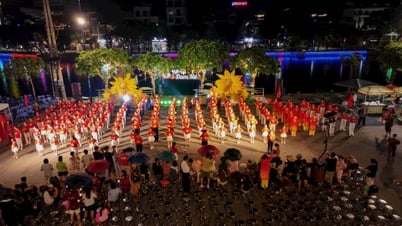

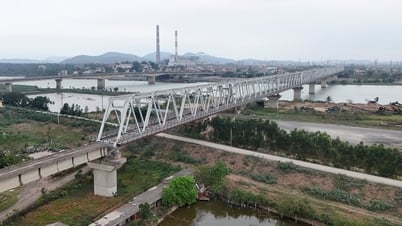






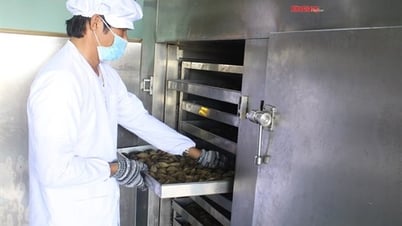








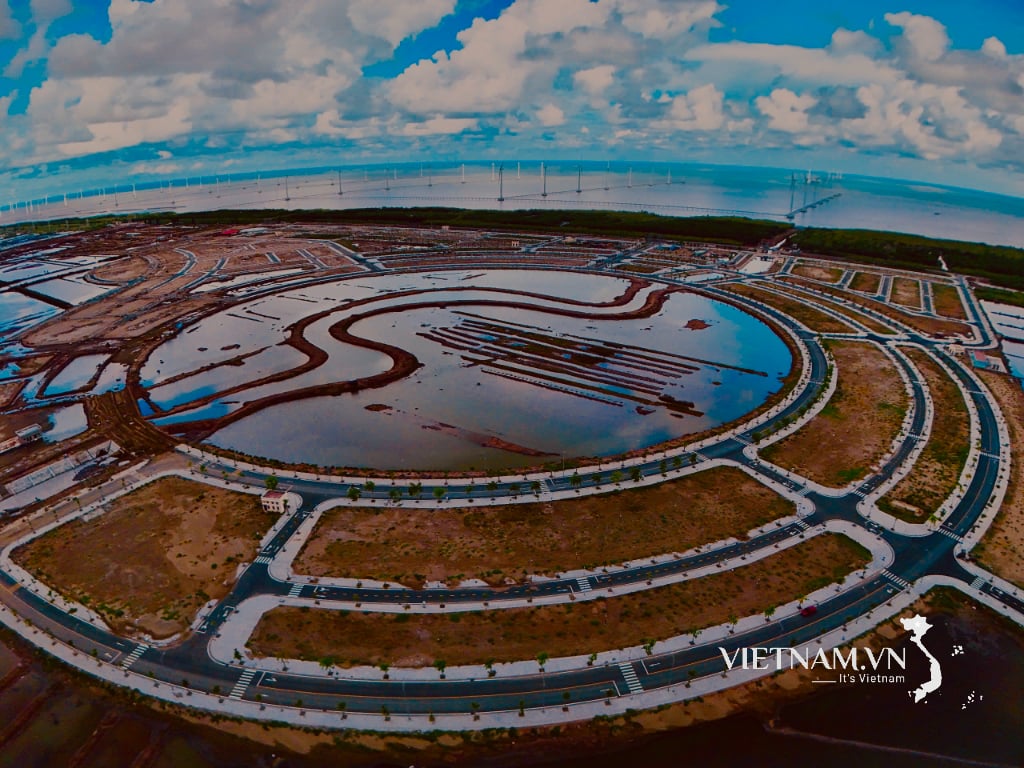
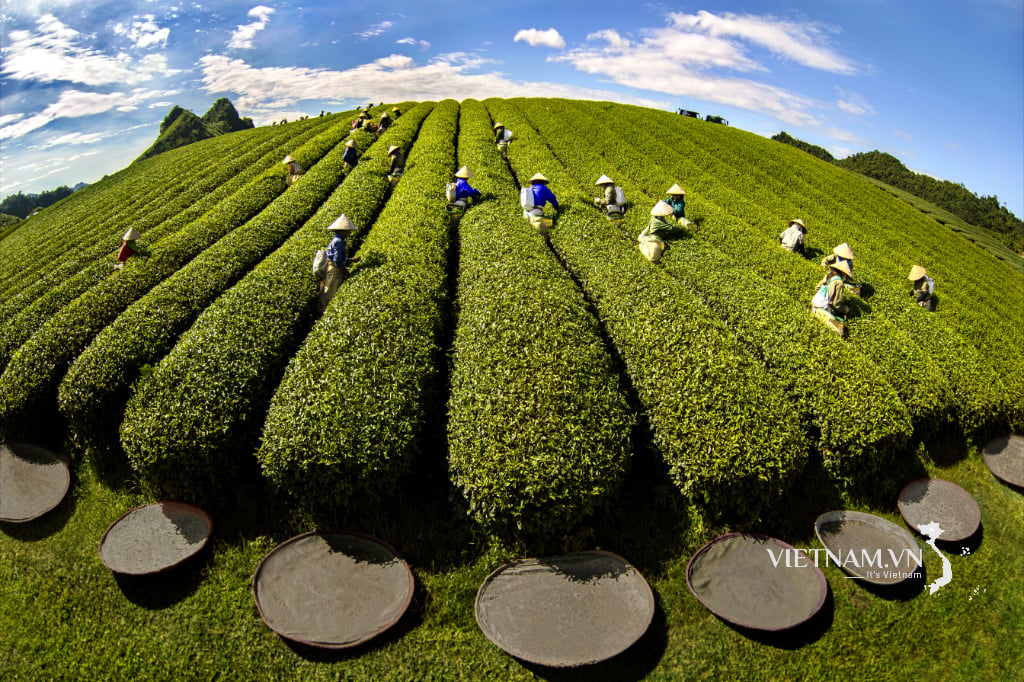
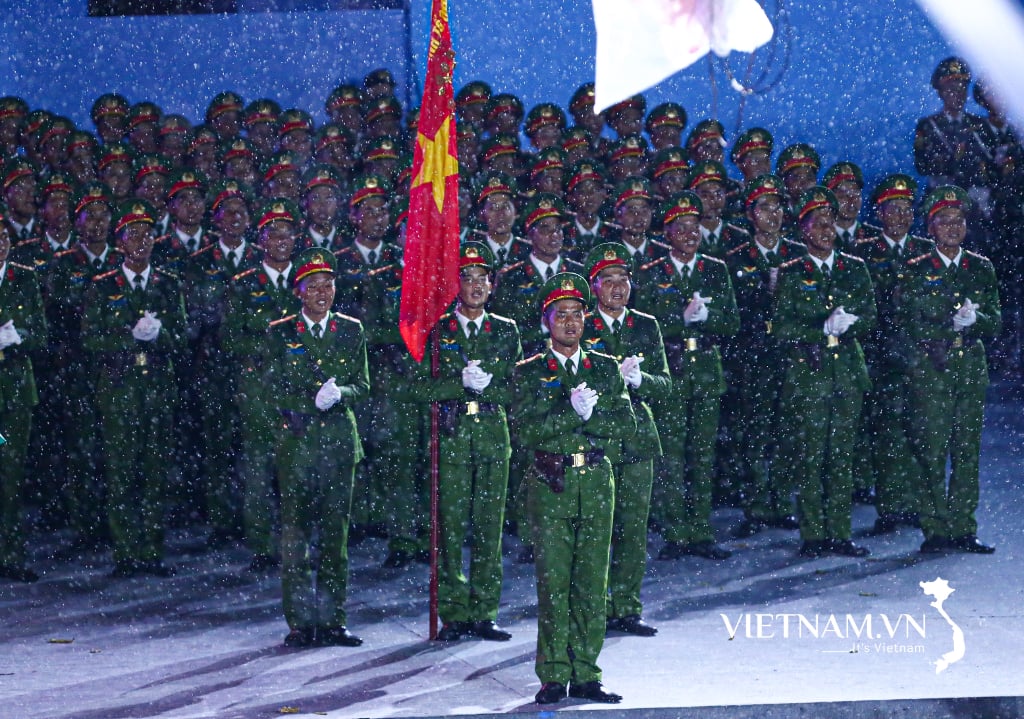
Comment (0)